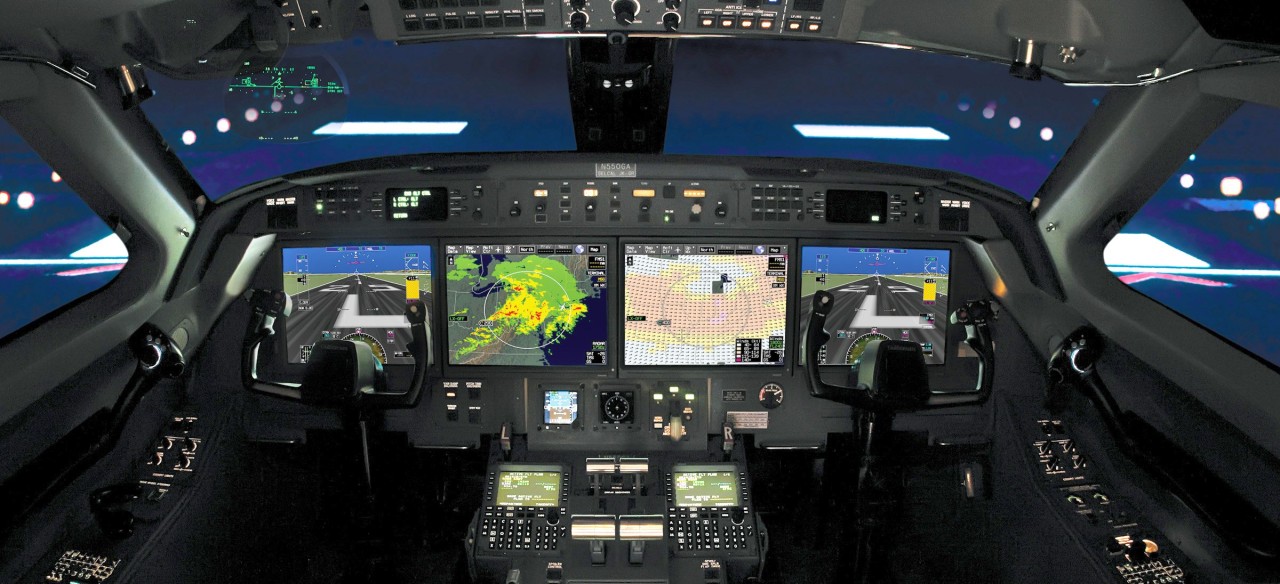
Exploring the Cutting-Edge: Emerging Technologies in Avionics Systems Engineering ⚡⚡
Avionics systems engineering is at the forefront of innovation, constantly evolving to meet the demands of modern aircraft. As the aviation industry continues to push boundaries, several emerging technologies are reshaping the field of avionics systems engineering. In this article, we delve into some of the remarkable advancements that are propelling the industry forward and revolutionizing the way we design, develop, and operate aircraft.
Artificial intelligence and machine learning techniques are making their way into avionics systems, enhancing decision-making, optimizing performance, and enabling autonomous capabilities. AI and ML algorithms can be employed in areas such as predictive maintenance, anomaly detection, flight control, and intelligent decision support systems. These technologies have the potential to significantly improve safety, efficiency, and overall aircraft performance.
As aviation becomes increasingly interconnected, next-generation communication systems are emerging to meet the growing demand for faster and more secure data exchange. Technologies such as satellite-based communication, high-speed data links, and improved voice communication systems are being developed to enhance the efficiency and reliability of communication between aircraft, air traffic control, and ground systems.
With the growing reliance on data networks and interconnected systems, cybersecurity is of paramount importance in avionics systems engineering. Protecting avionic systems from cyber threats and ensuring the integrity, confidentiality, and availability of data are critical concerns. Advanced cybersecurity measures, including encryption, intrusion detection systems, and secure communication protocols, are being implemented to safeguard avionic systems against evolving threats.
Avionics systems are embracing advanced display technologies to improve pilot situational awareness and enhance the user experience. High-resolution screens, head-up displays (HUDs), and augmented reality overlays provide pilots with intuitive interfaces, real-time data visualization, and enhanced operational information. These advancements allow for safer, more efficient flight operations.
The power of data analytics is being harnessed to analyze large volumes of operational data in avionics systems. By leveraging data analytics techniques, avionics systems engineers can gain valuable insights into system performance, maintenance requirements, and failure prediction. Predictive maintenance approaches enable optimized maintenance schedules, reduced downtime, and improved overall system reliability.
The rise of unmanned aerial vehicles (UAVs) and the emergence of urban air mobility (UAM) have opened new frontiers in avionics systems engineering. Engineers are developing avionic systems that support autonomous flight, collision avoidance, and navigation in complex urban environments. These technologies are paving the way for revolutionary applications such as package delivery, emergency response, and urban transportation. We have seen this amongst our clients where they have recognized the potential of UAV technology to enhance efficiency, safety, and productivity in their operations, and are actively exploring ways to leverage these unmanned systems to stay ahead in their respective industries.
Sustainability is of paramount importance in today's world and has become a key focus in aviation, leading to the exploration of green alternatives. Electric and hybrid-electric propulsion systems are gaining traction, and avionics systems engineers play a pivotal role in their integration. This involves designing power distribution architectures, battery management systems, and avionic systems that support electric propulsion. These advancements are poised to transform the industry by reducing emissions and increasing efficiency.
Avionics systems engineering is entering a new era of innovation, driven by emerging technologies that promise to redefine the way aircraft operate. From artificial intelligence and machine learning to advanced communication systems, augmented reality, and sustainable propulsion, the possibilities are limitless.
Avionics systems engineers are at the forefront of this revolution, shaping the future of aviation through their expertise and dedication. Embracing these emerging technologies will enable us to achieve higher levels of safety, efficiency, and sustainability in the skies. Let's embrace the cutting-edge and soar to new heights!
Great post :)